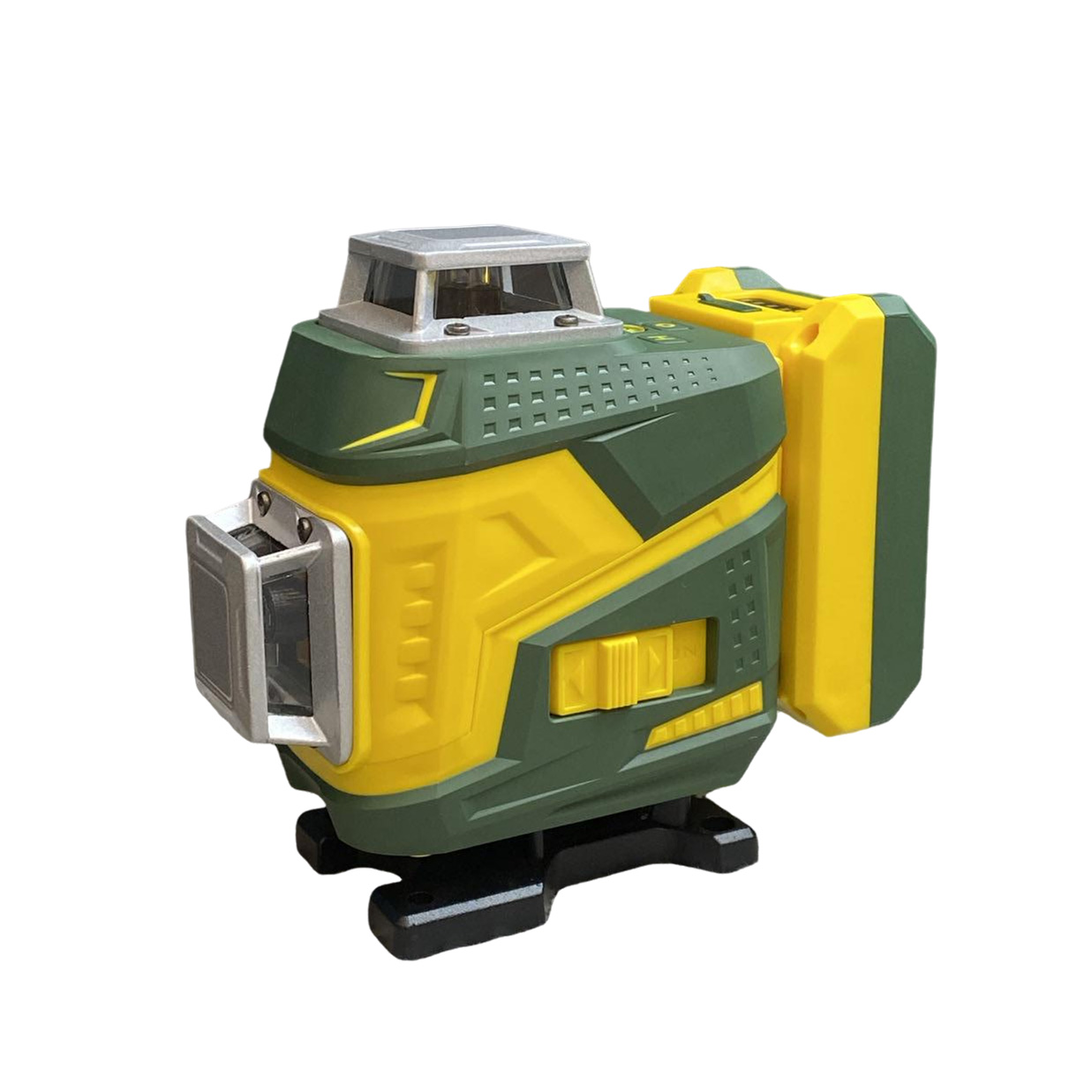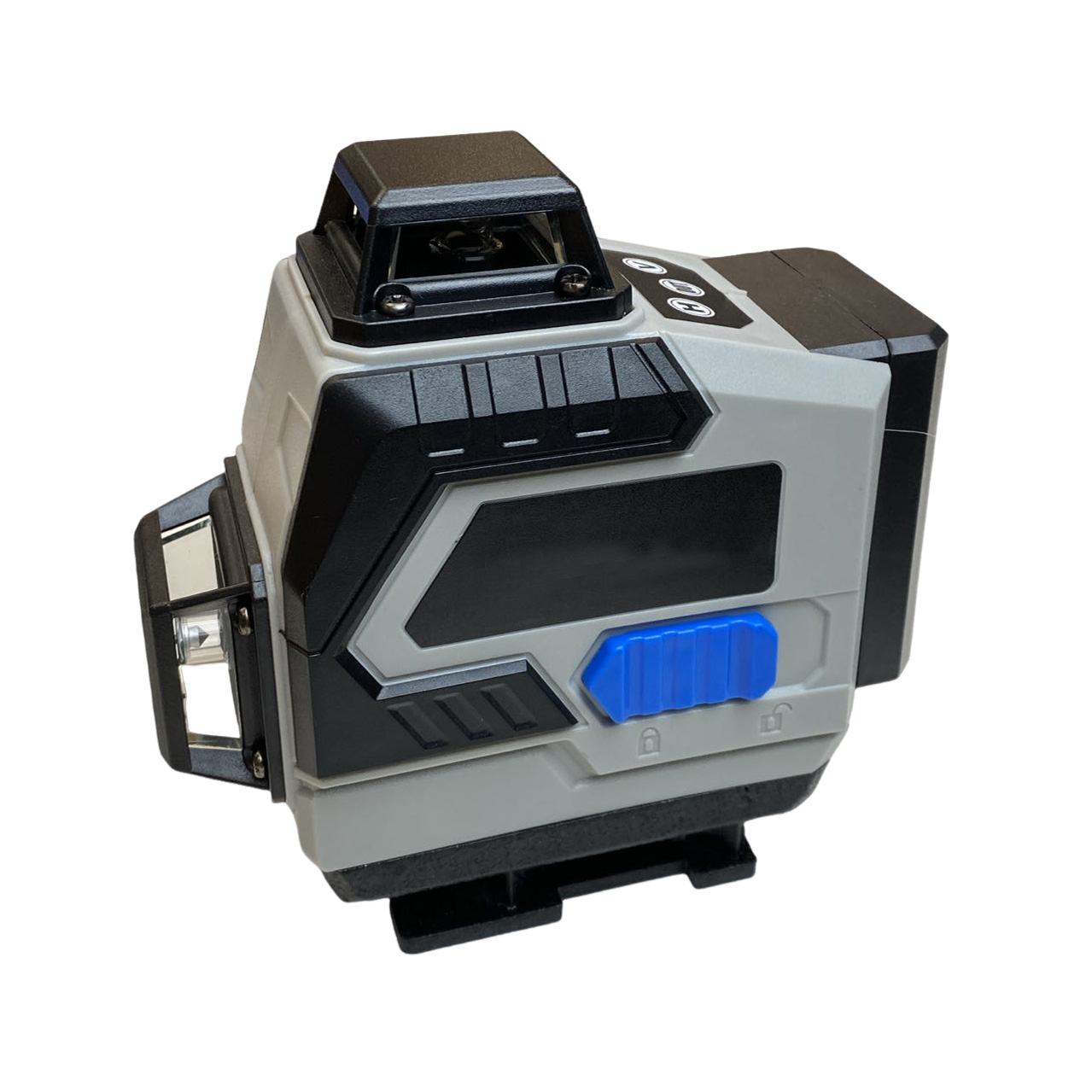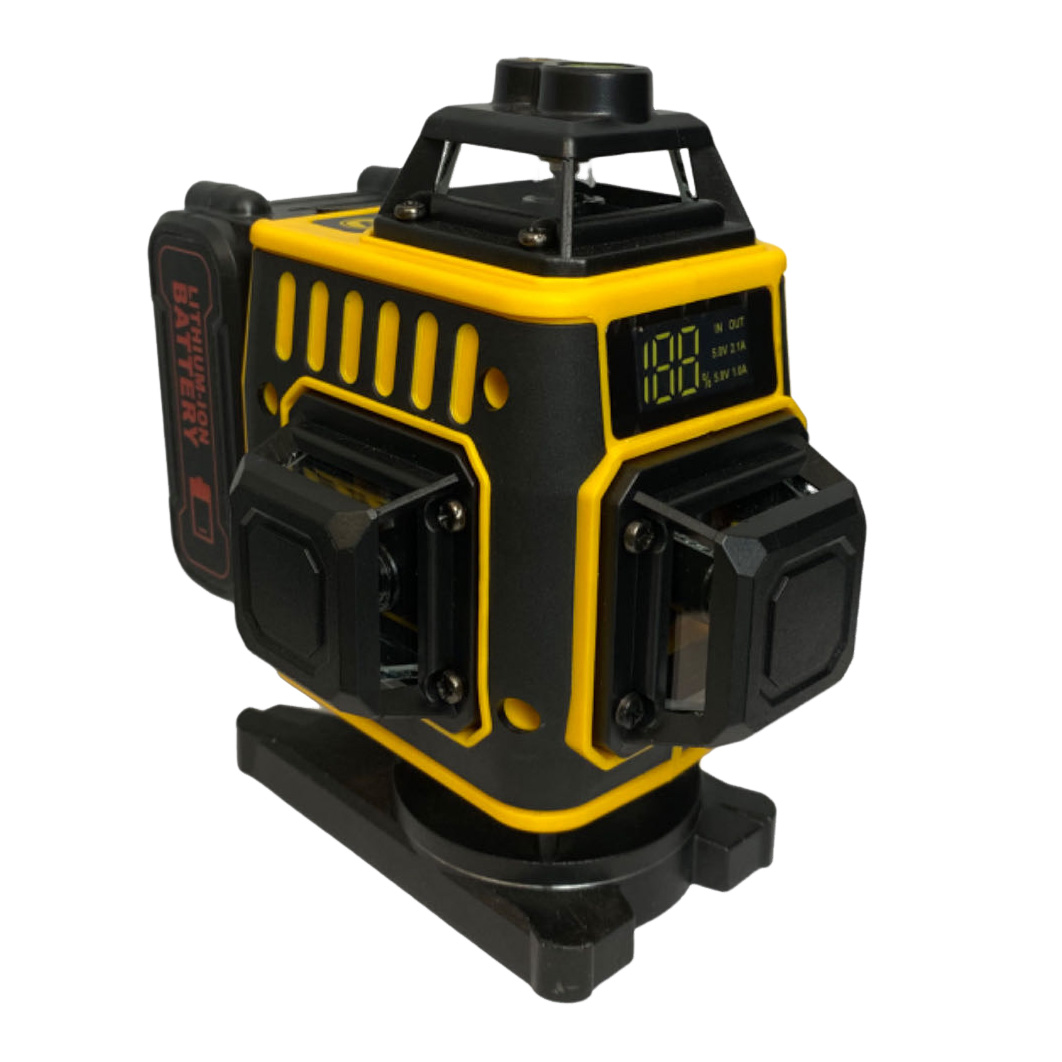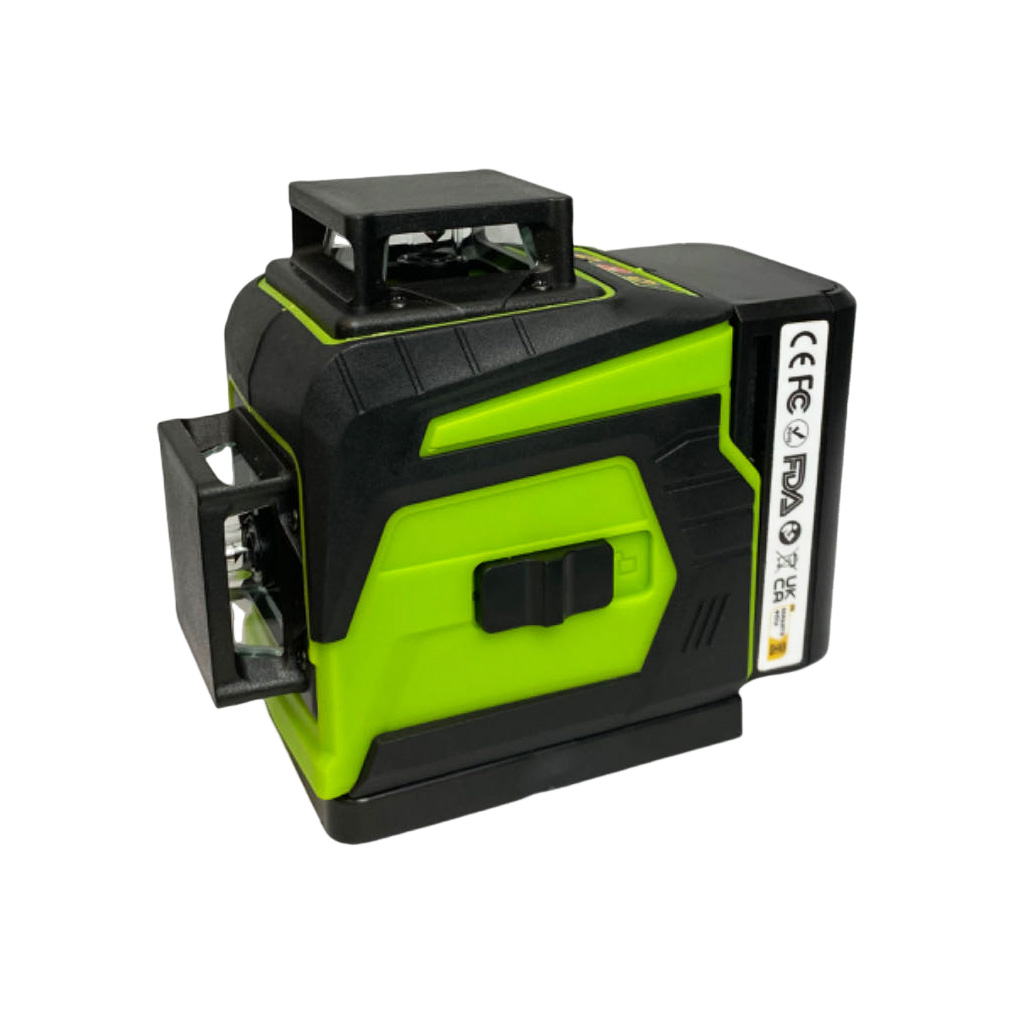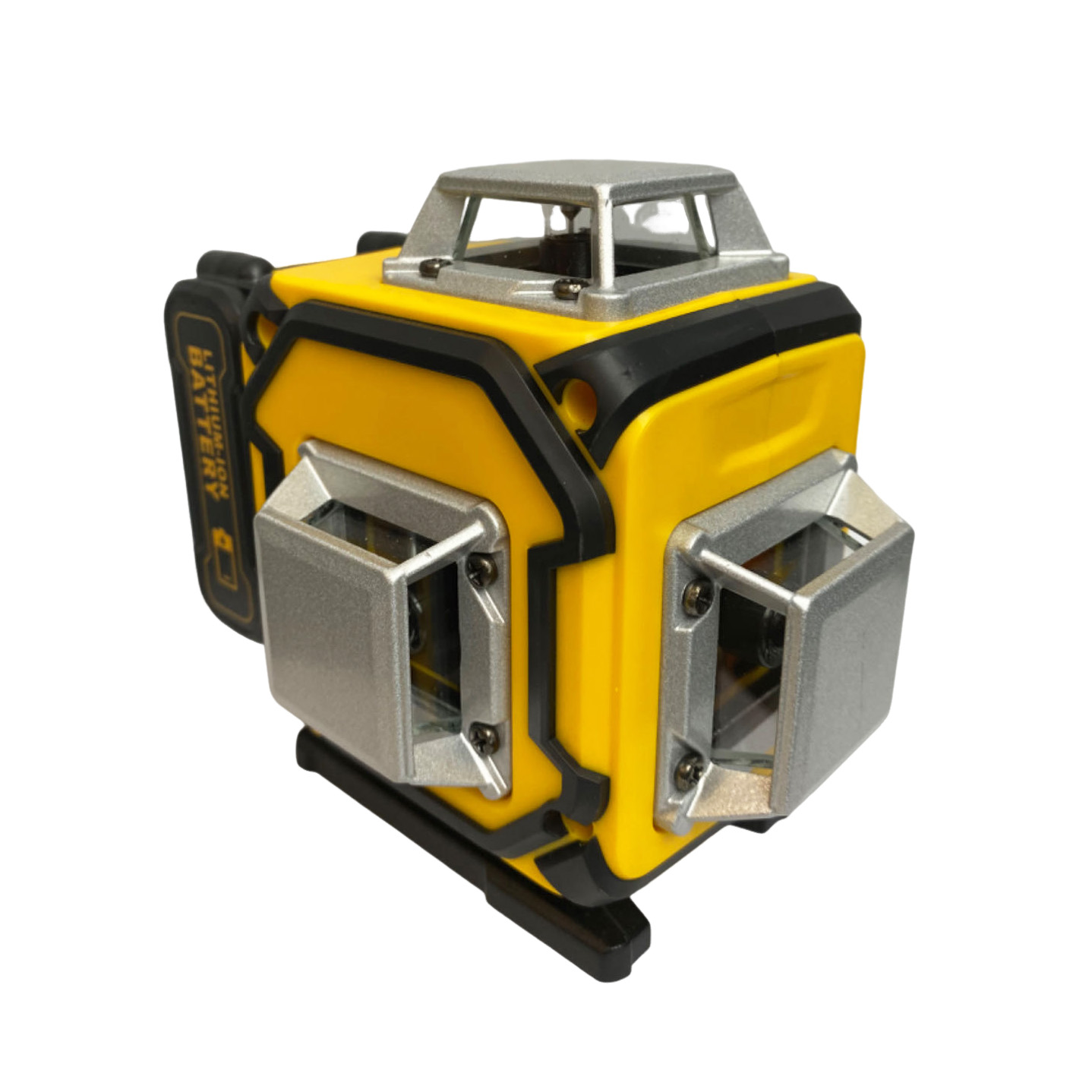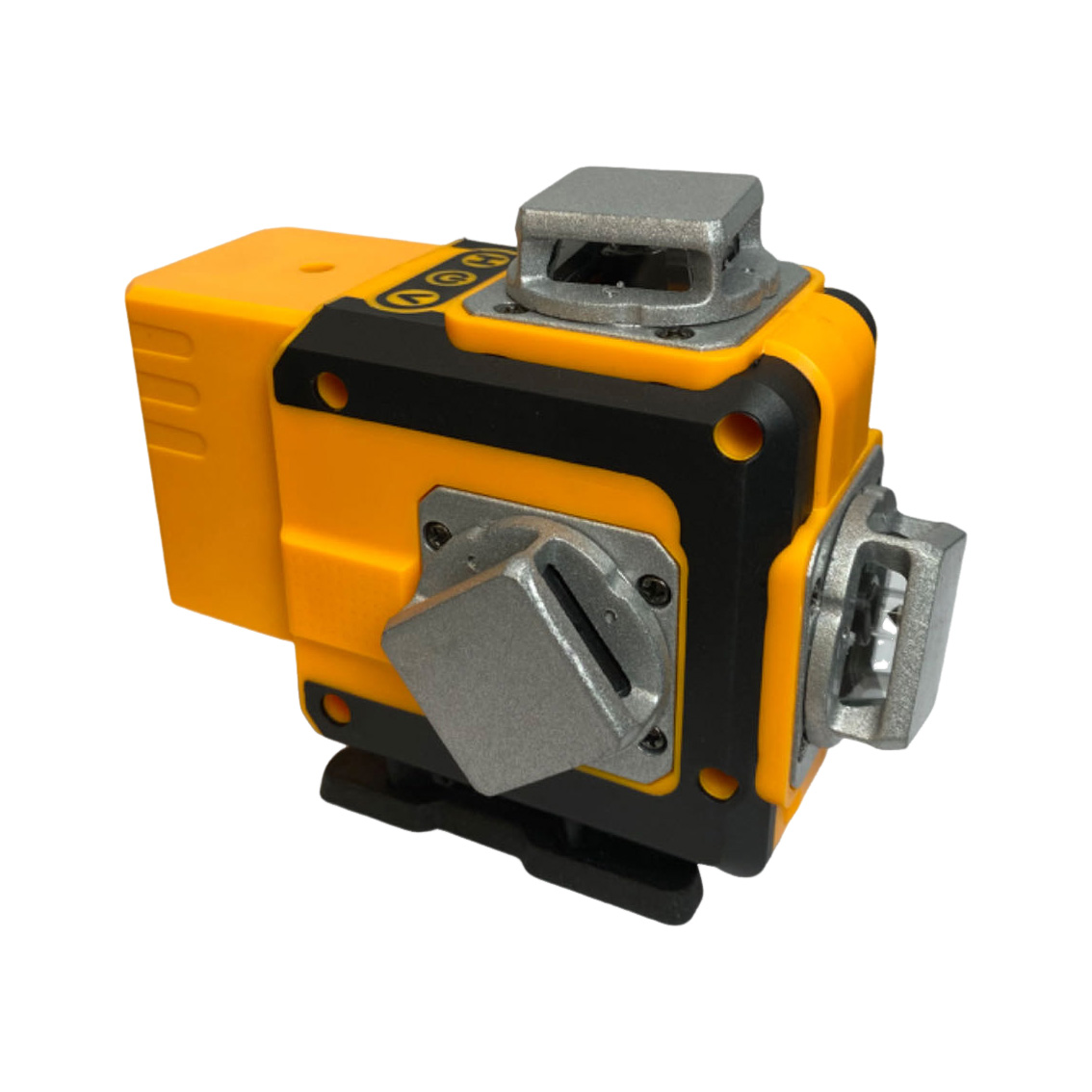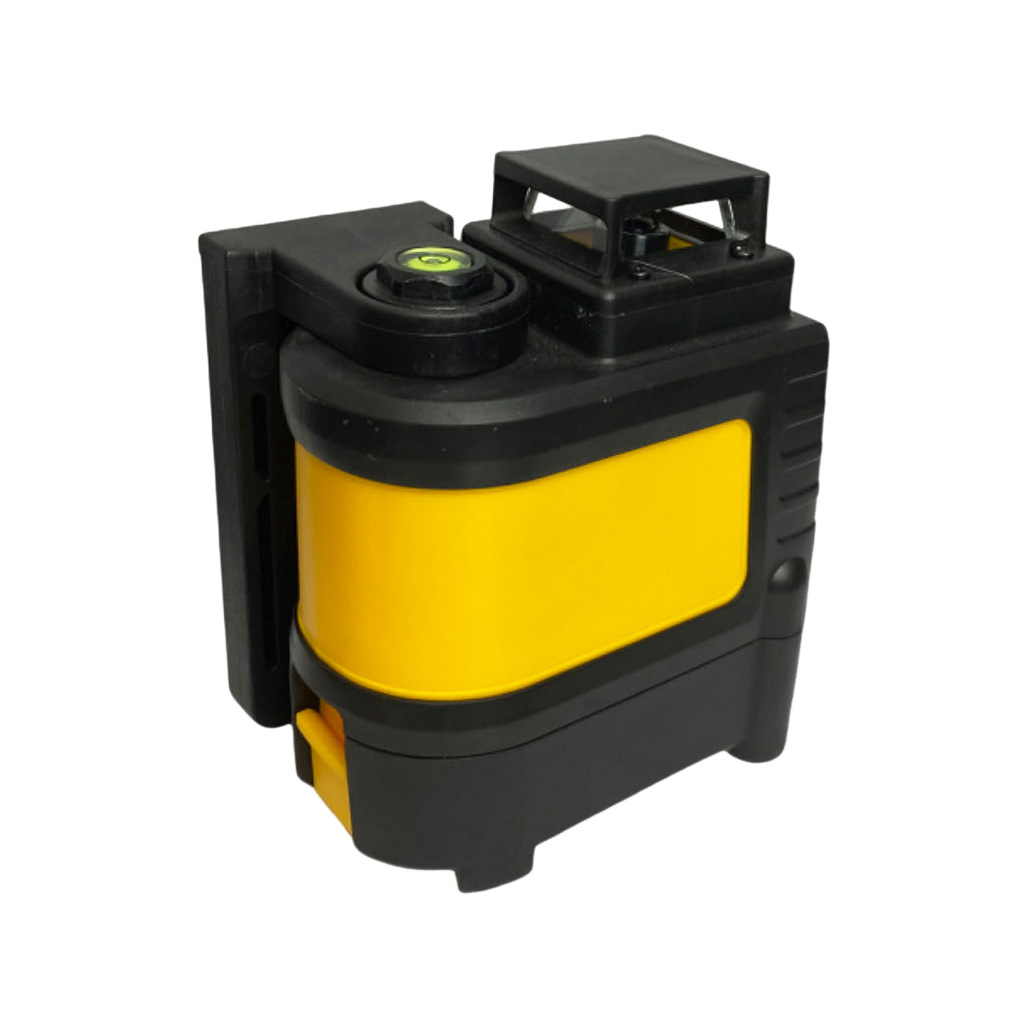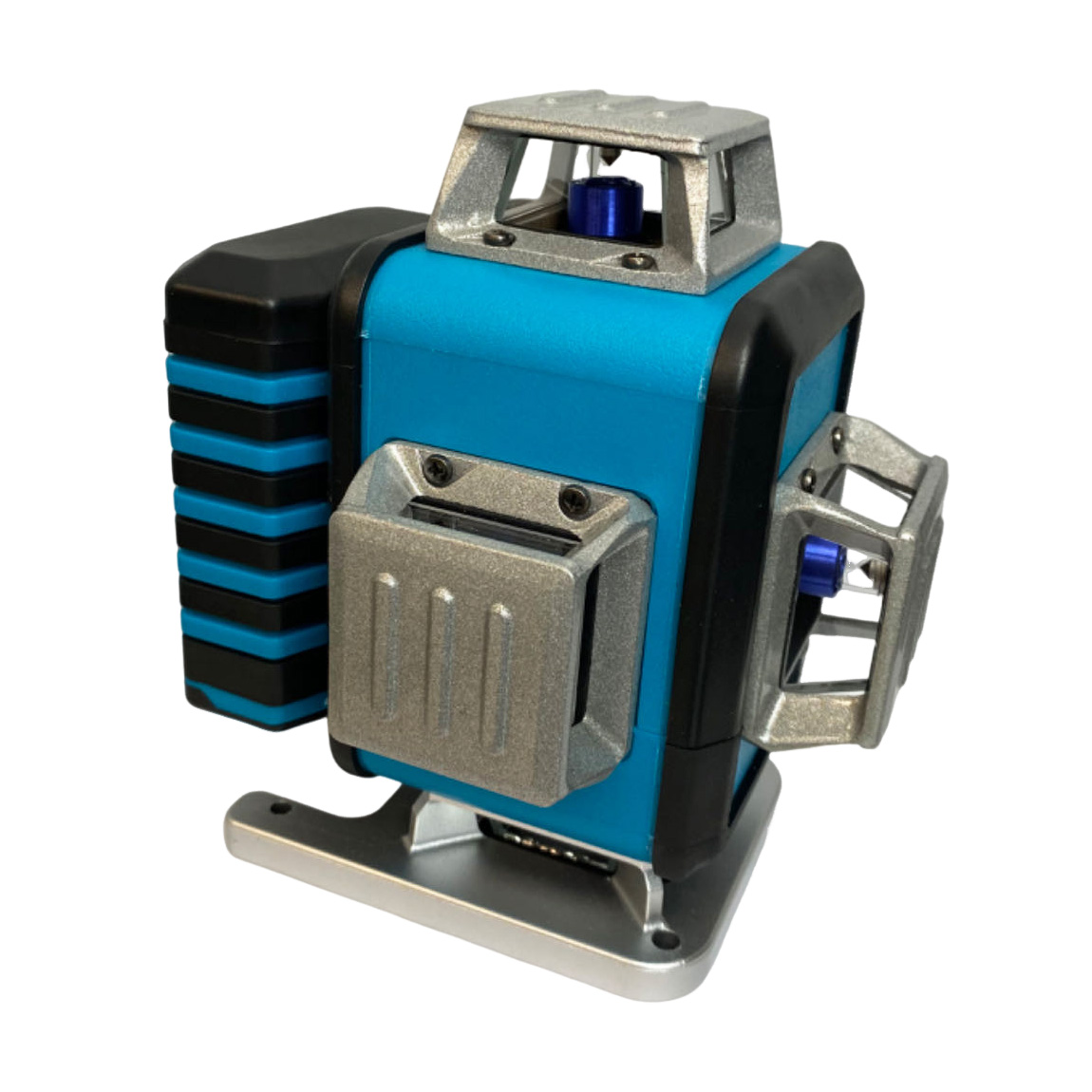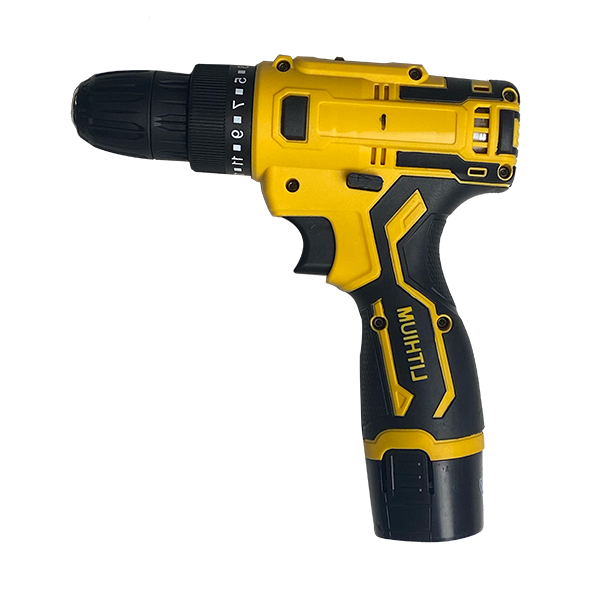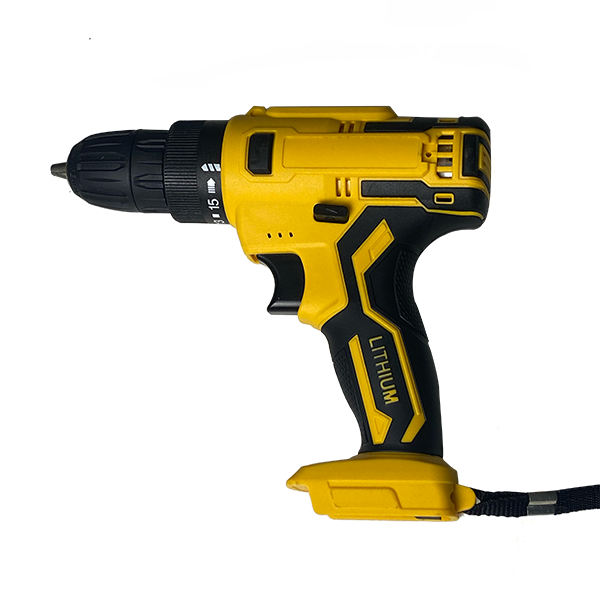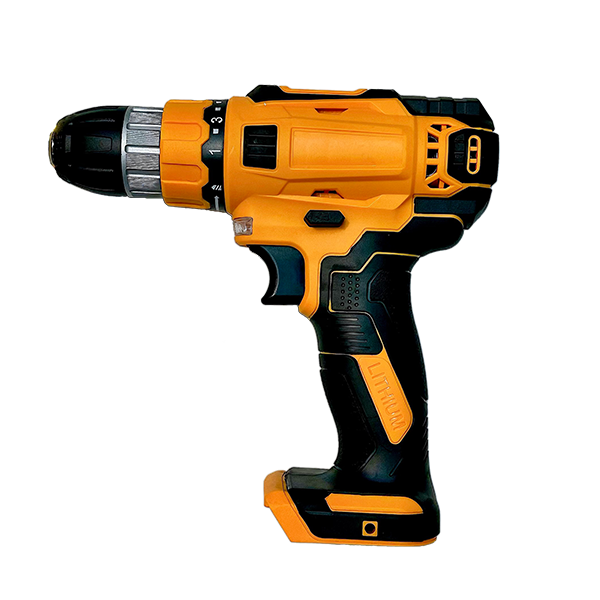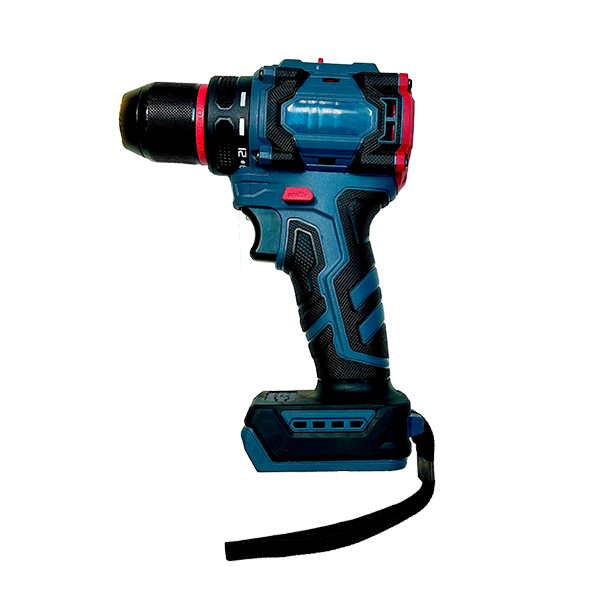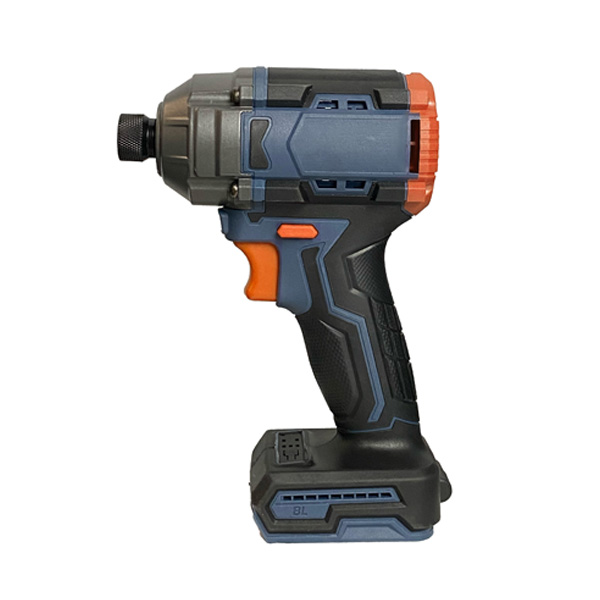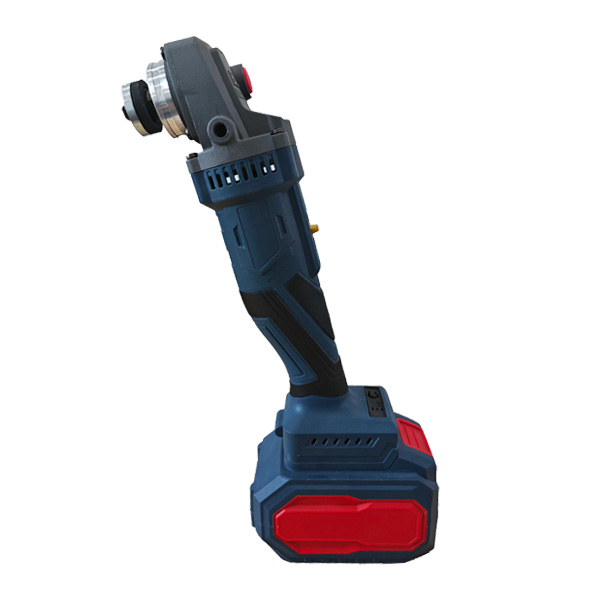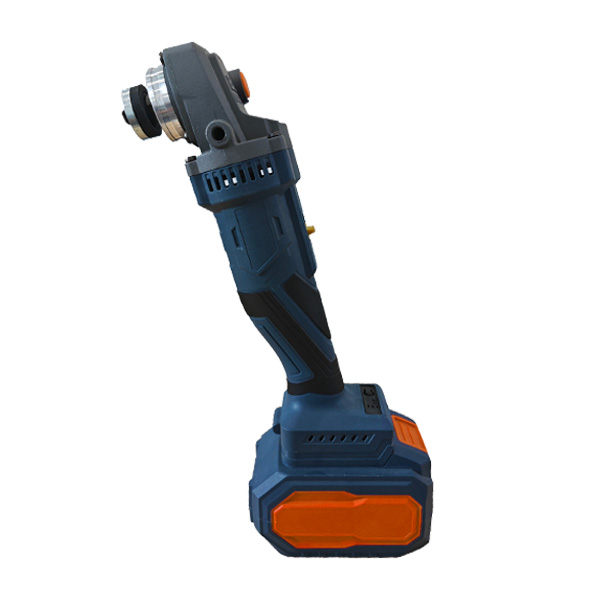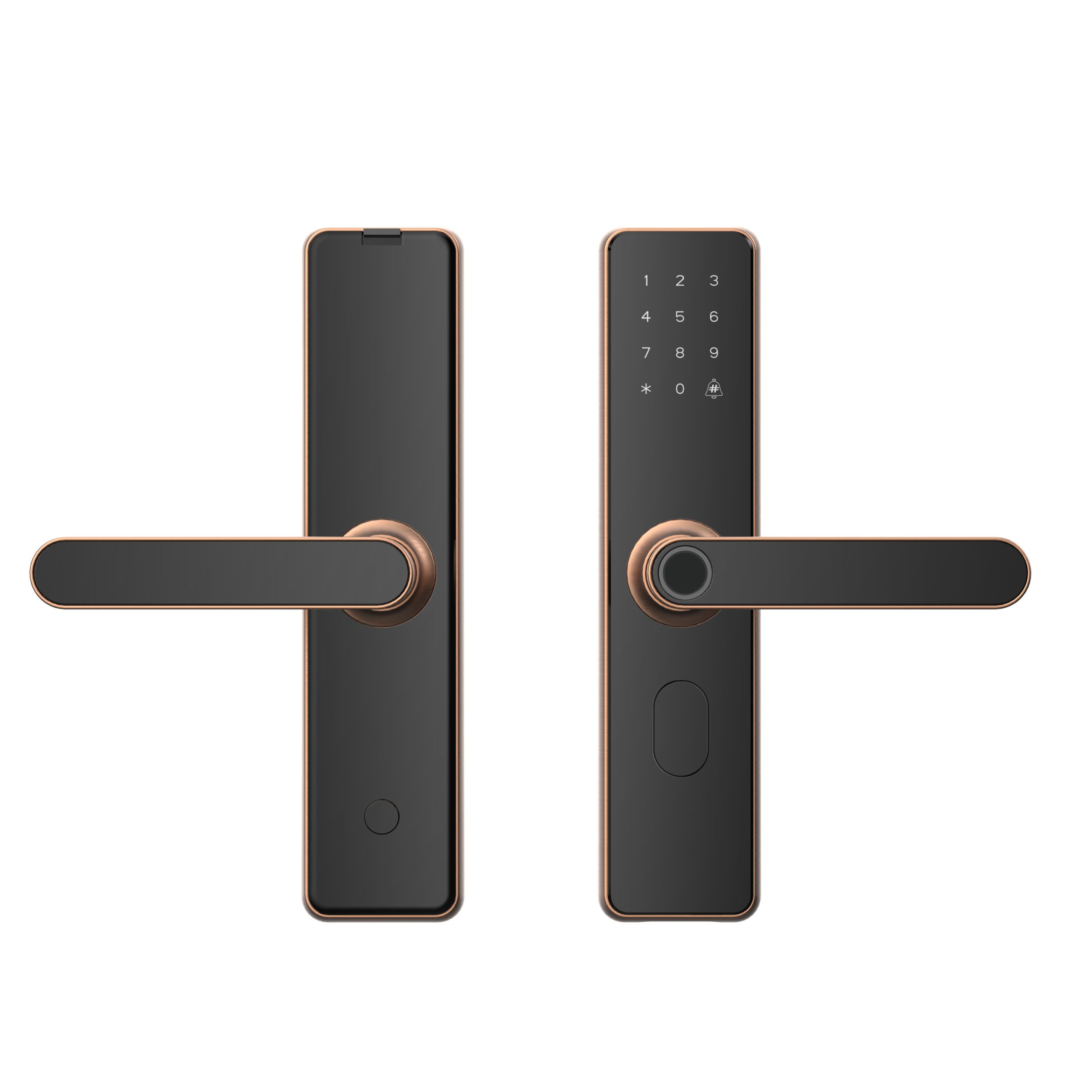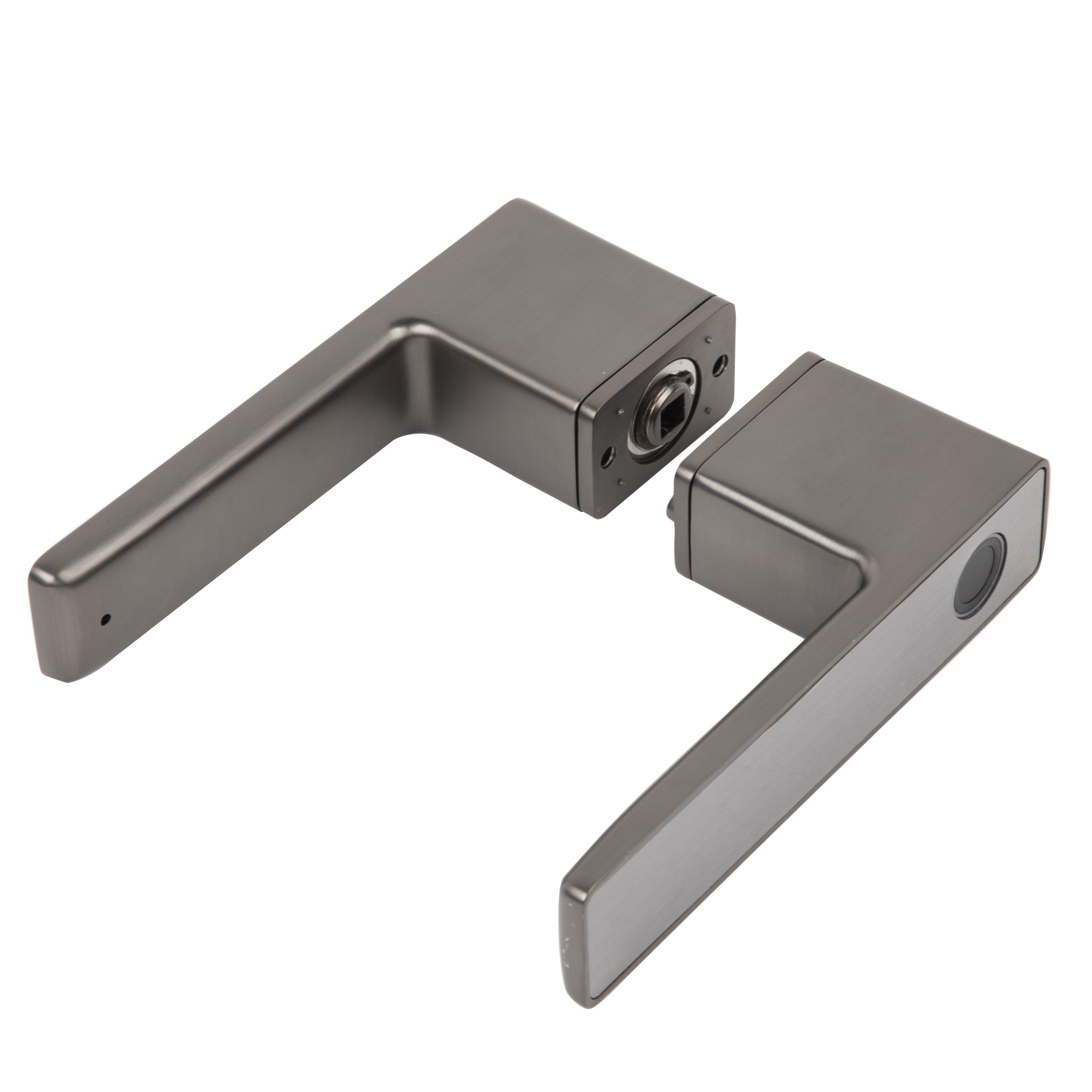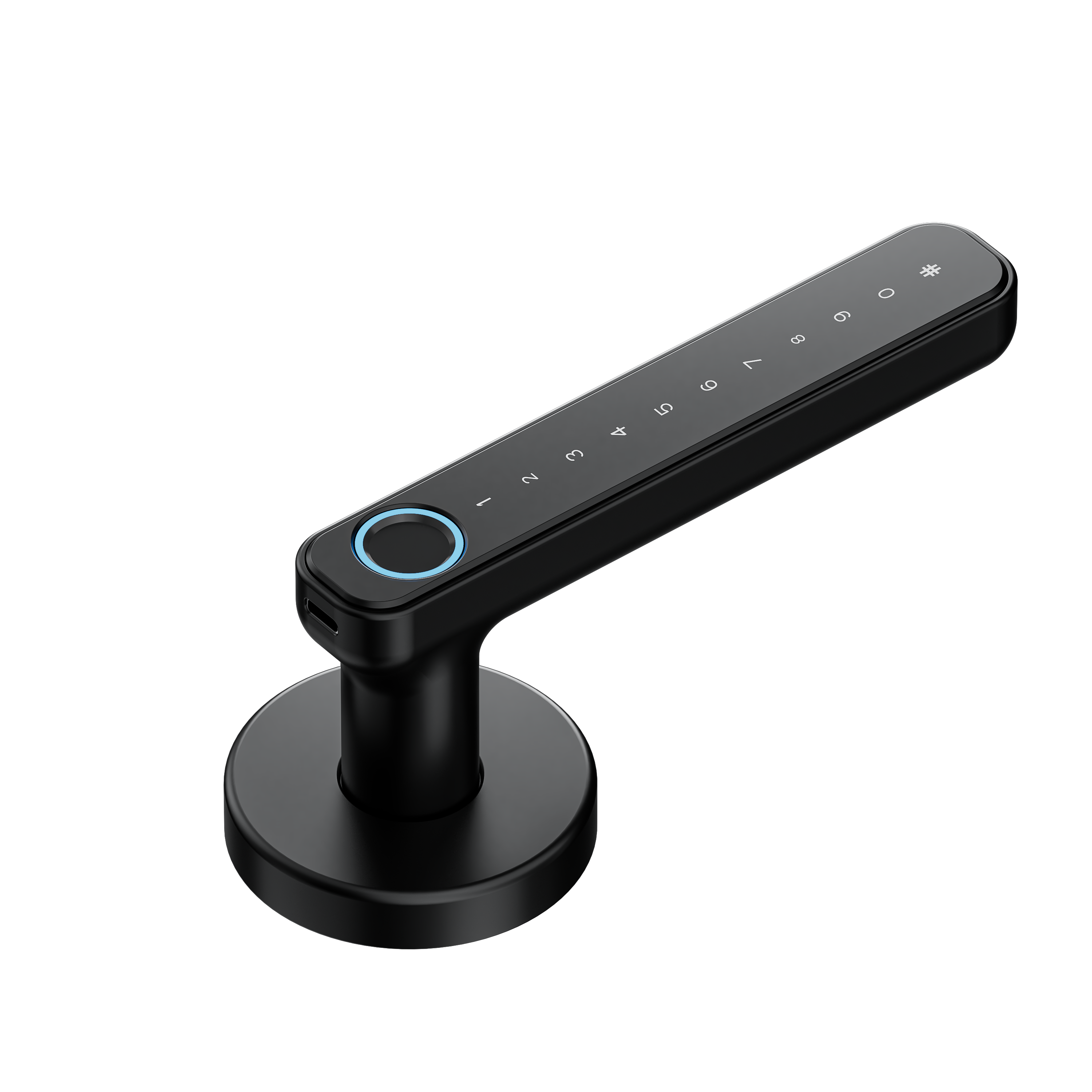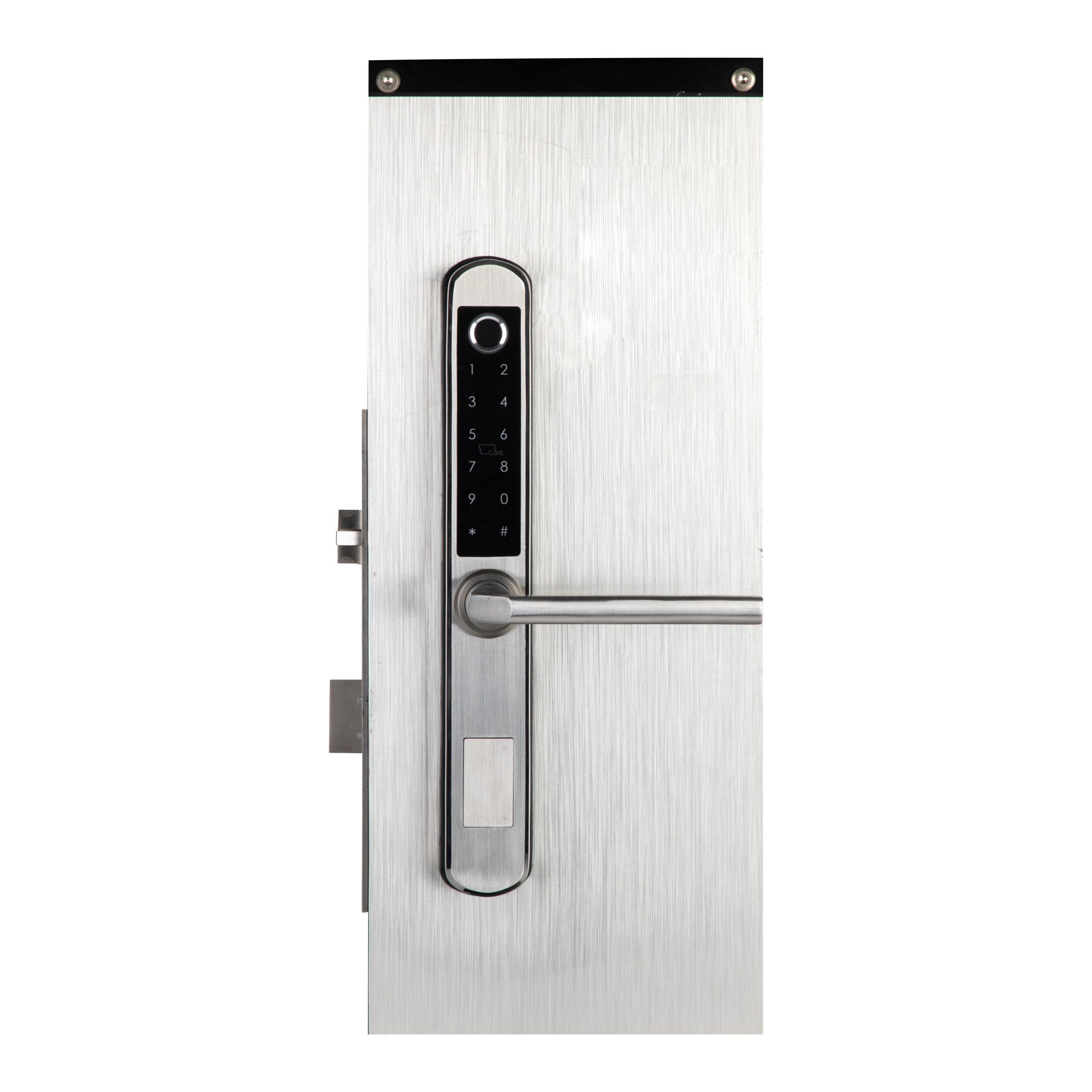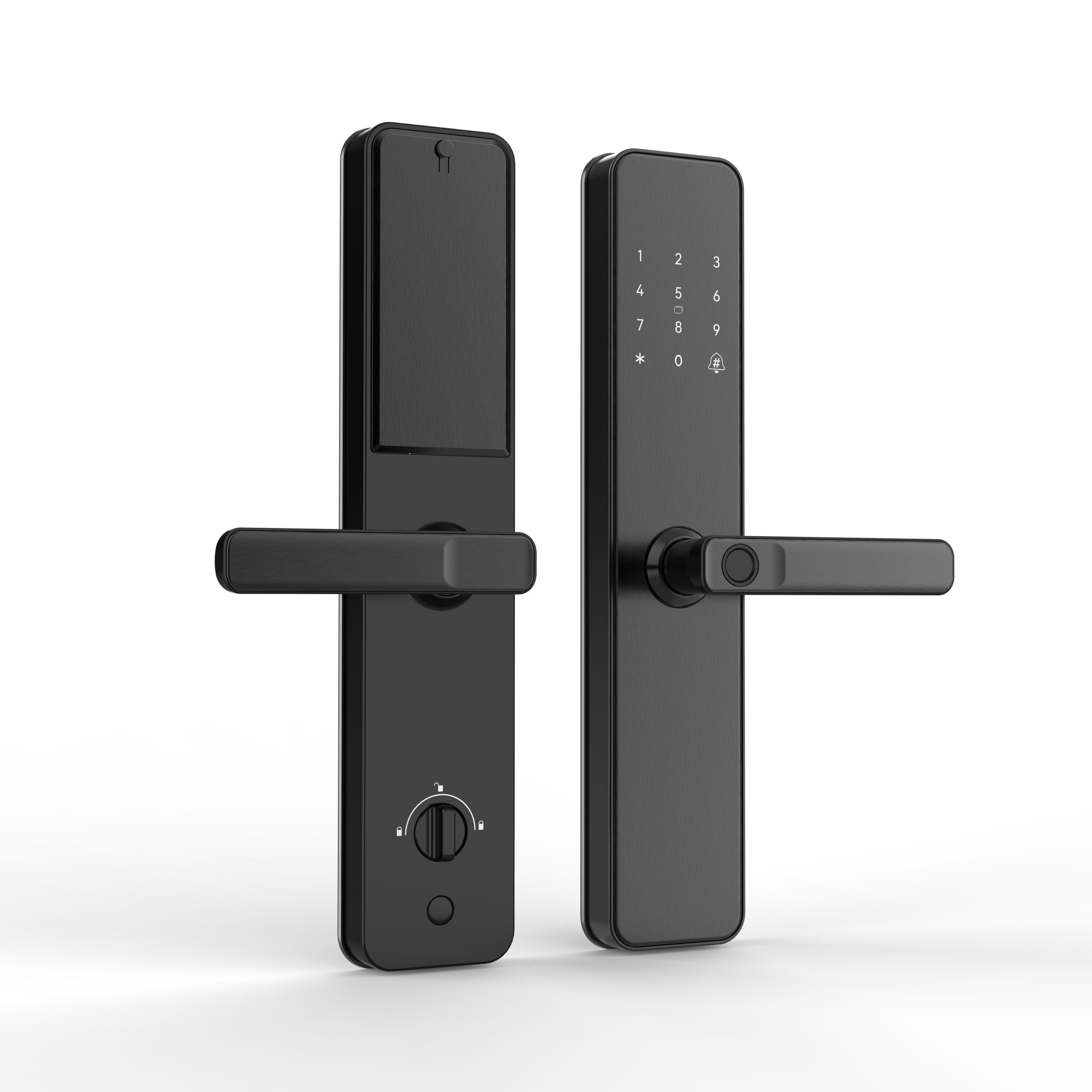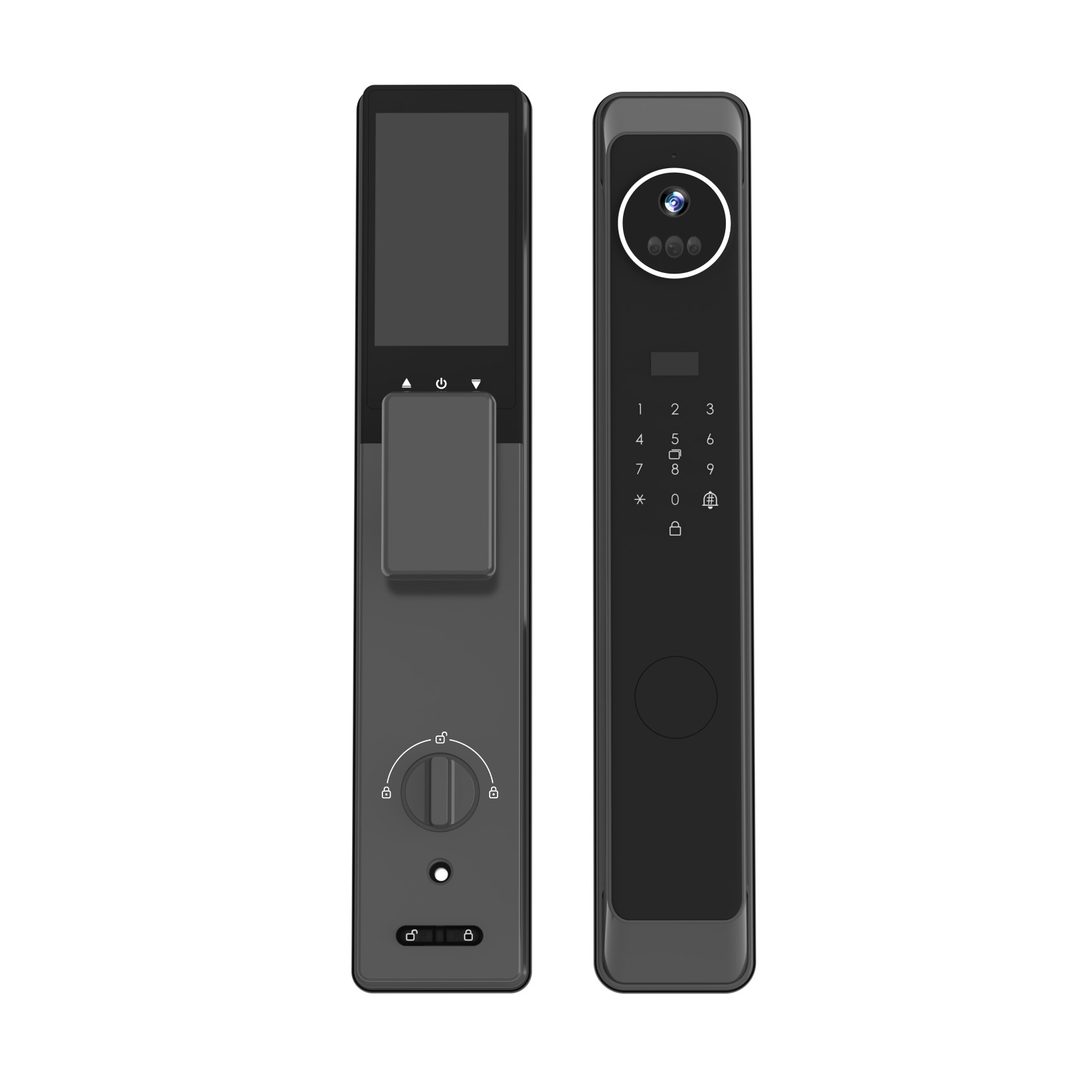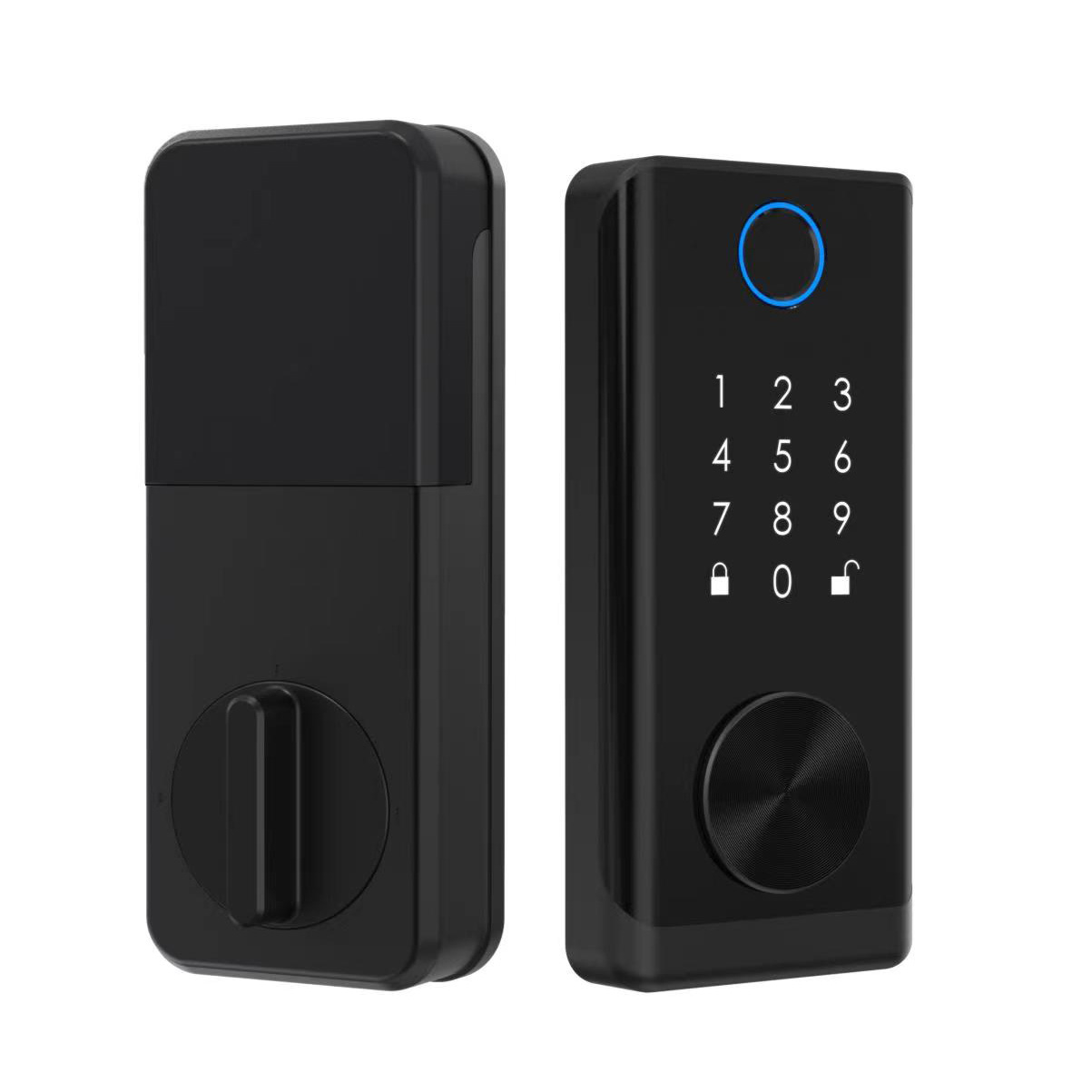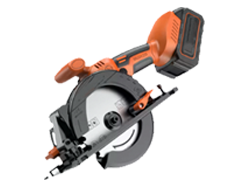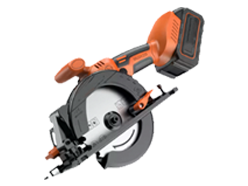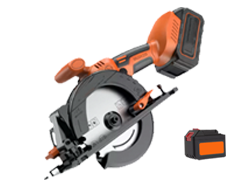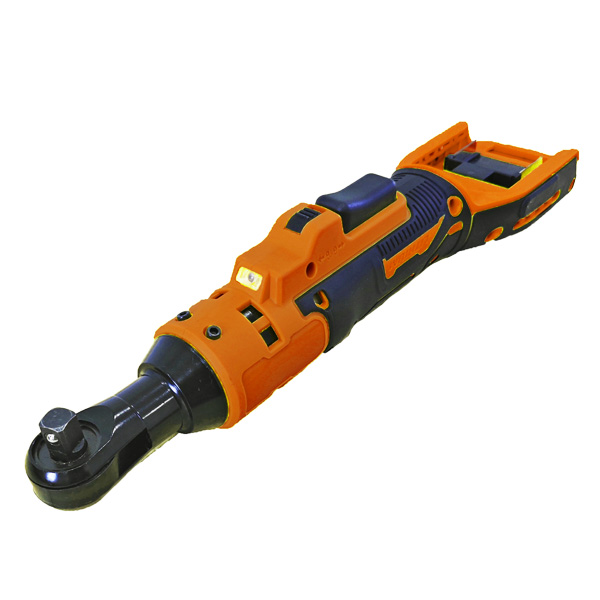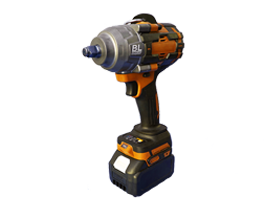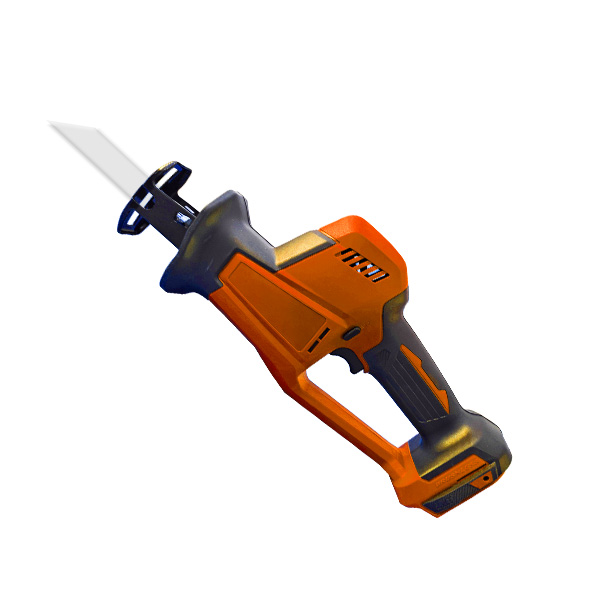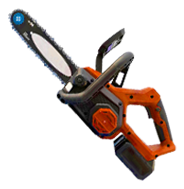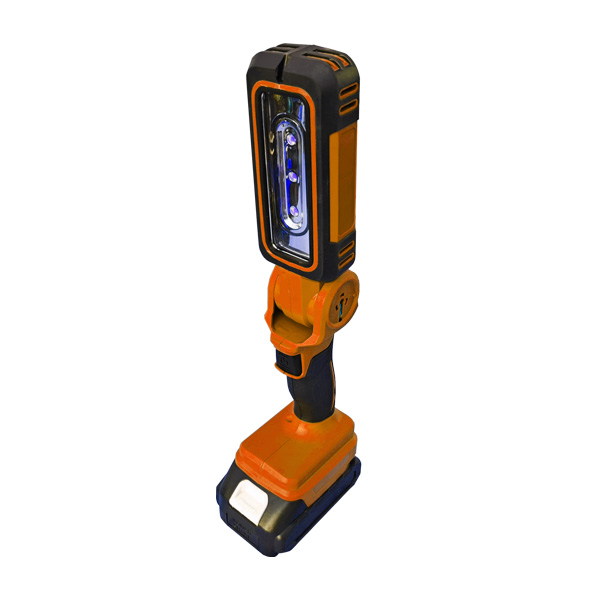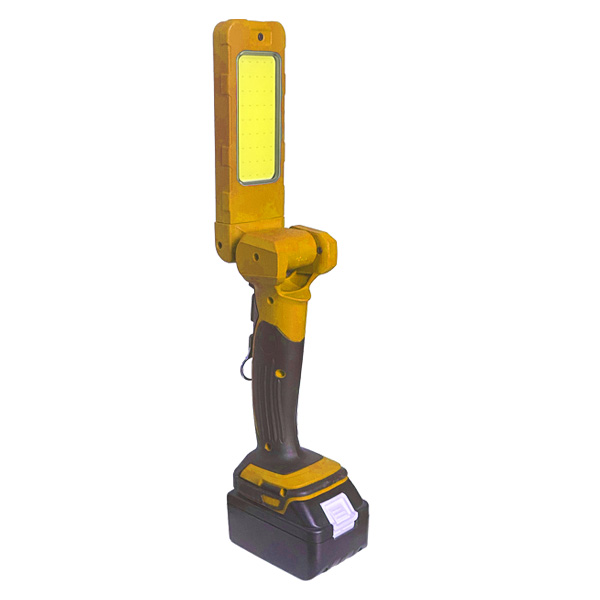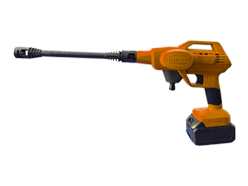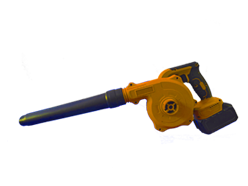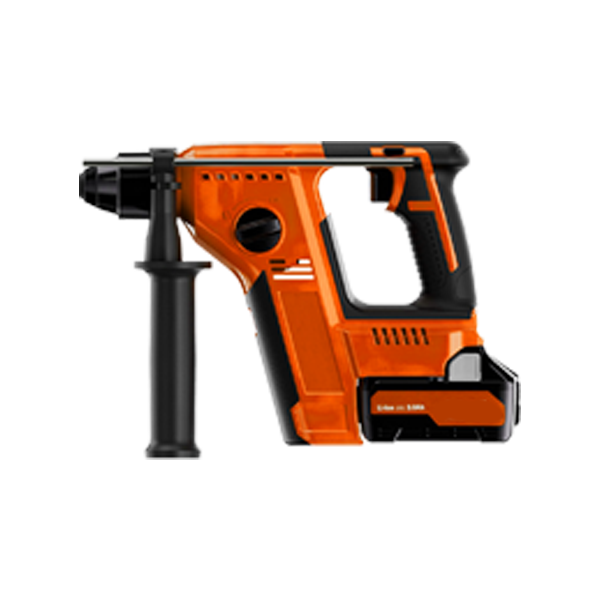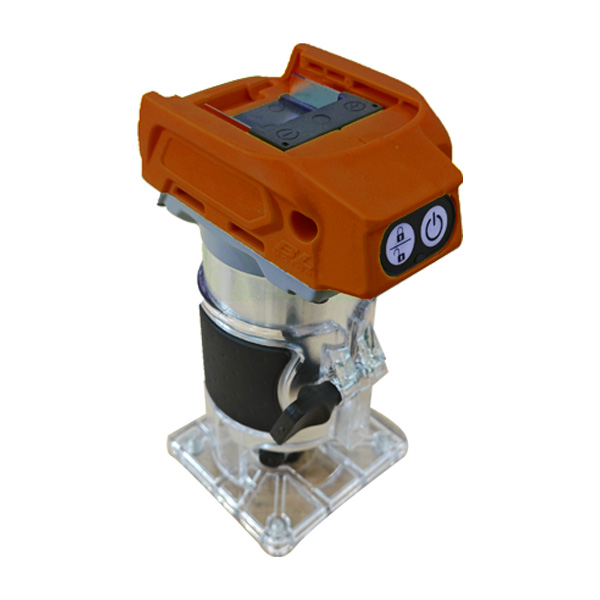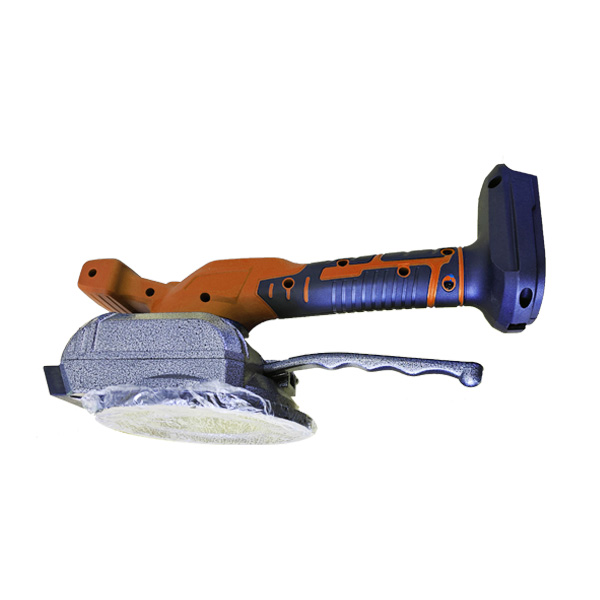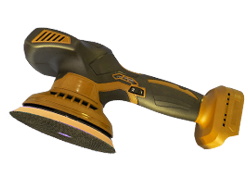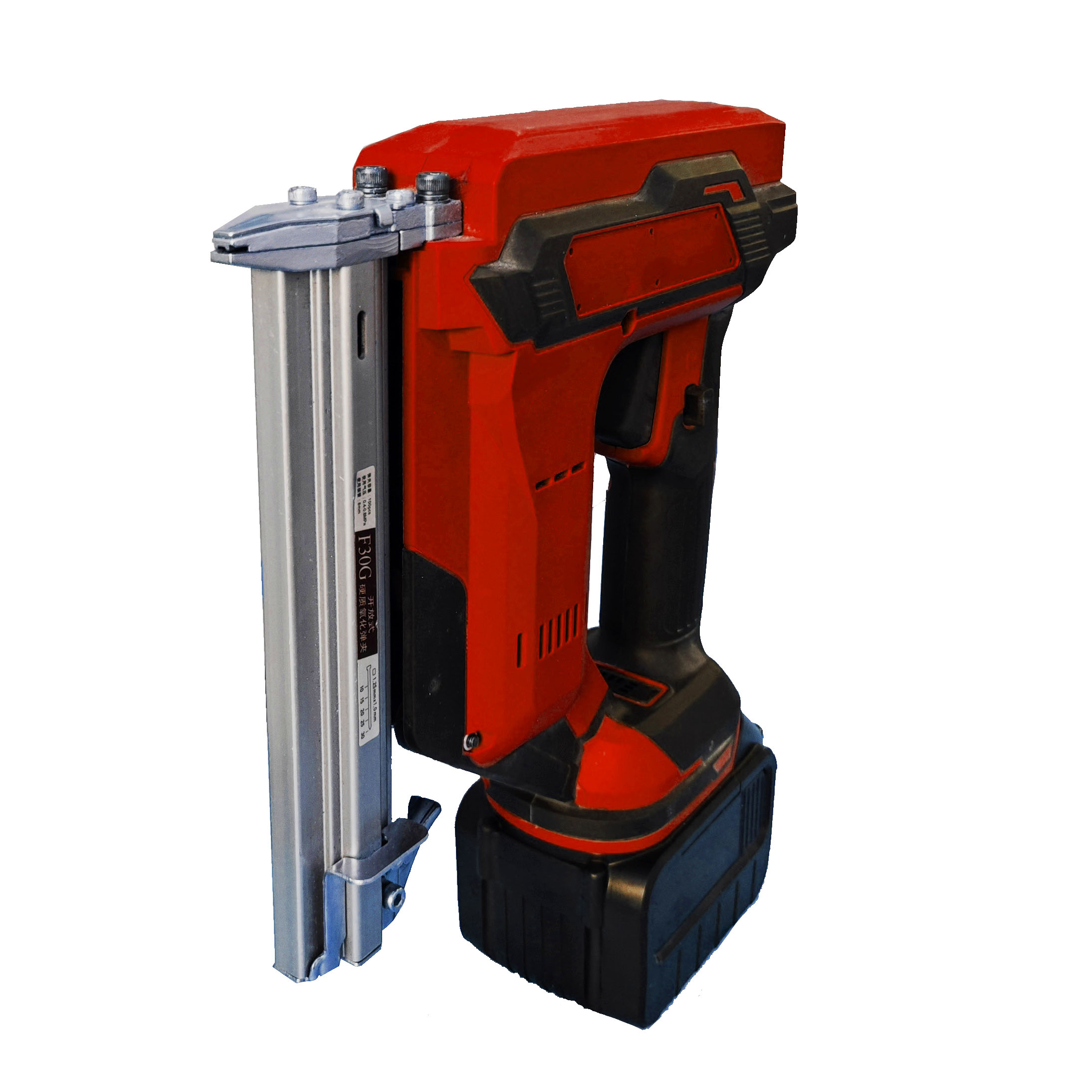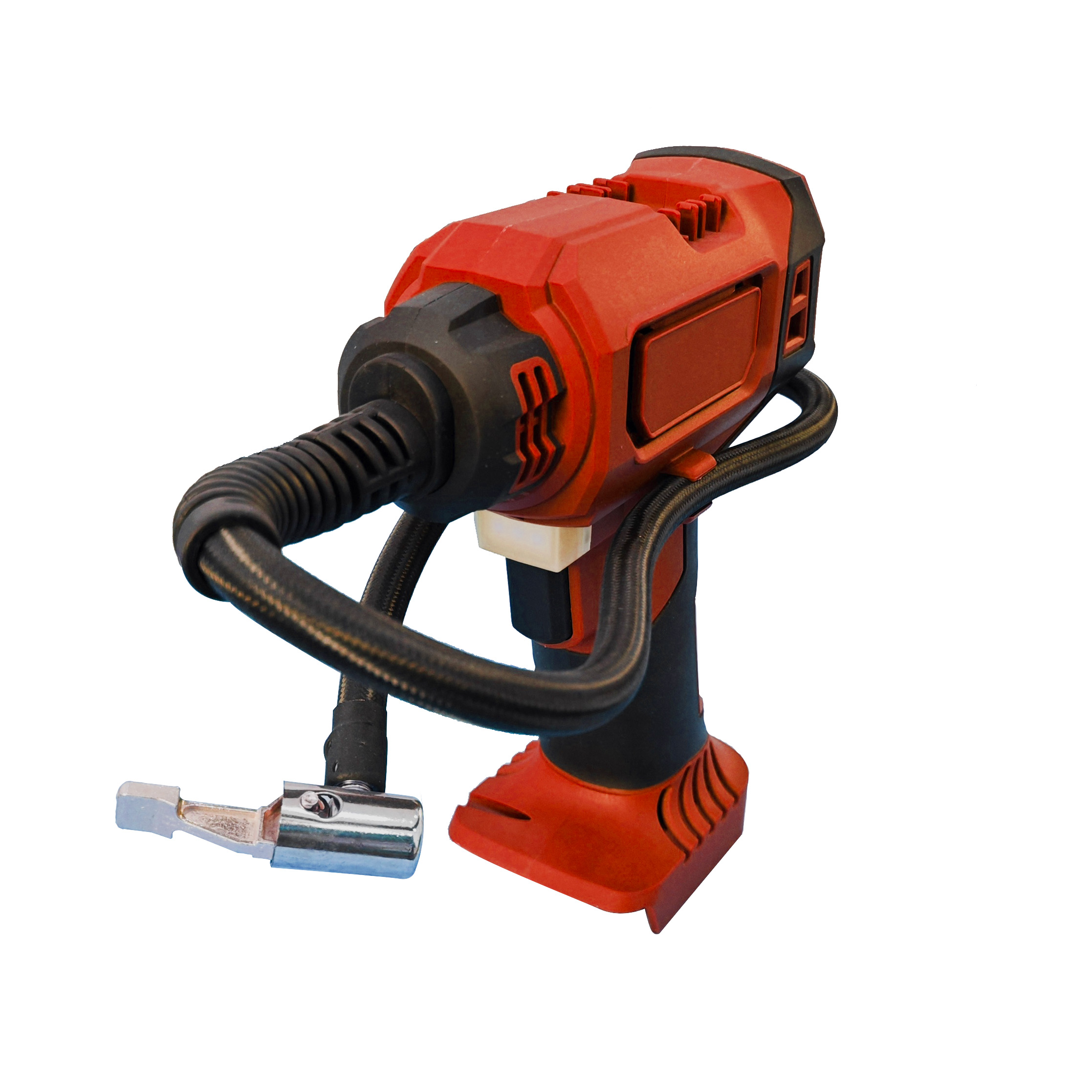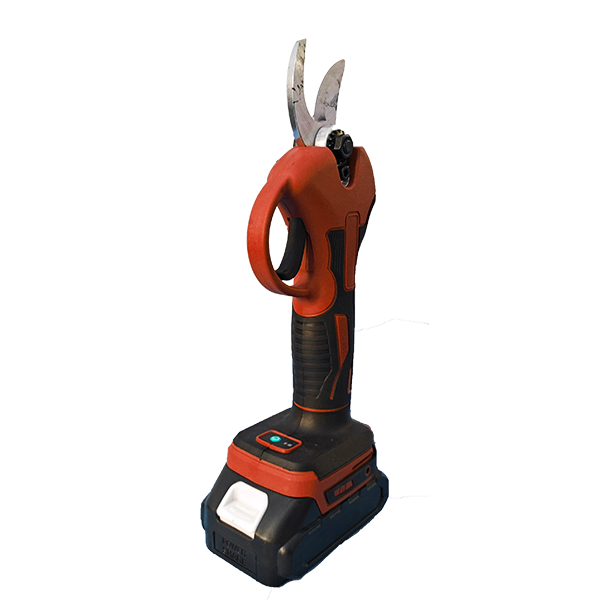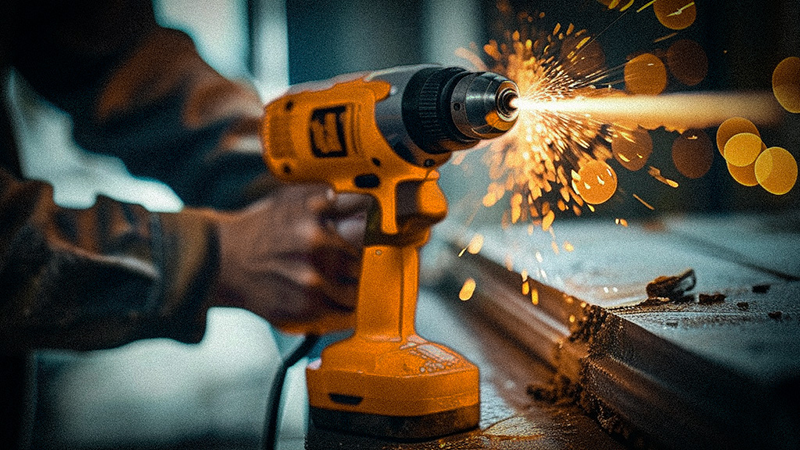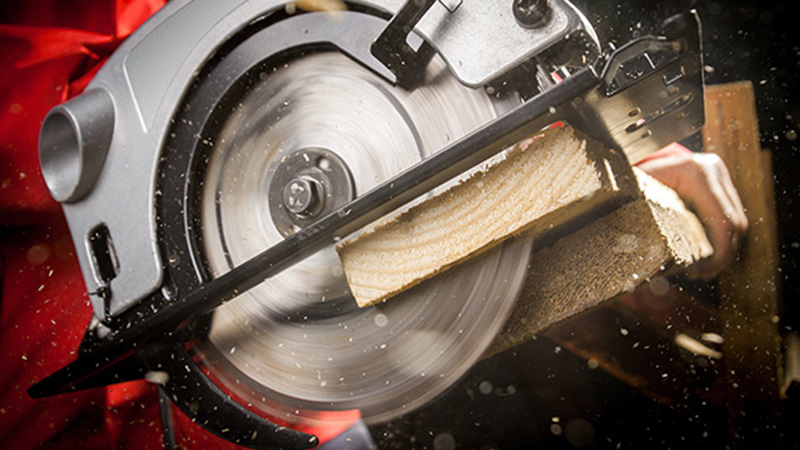This article is a comprehensive guide for beginners eager to start their DIY journey with power tools. It covers essential tools, their uses, and tips for selecting the right ones, aiming to empower novices in woodworking and home improvement projects. Whether you're a homeowner looking to tackle simple repairs or an aspiring DIYer ready to create, this guide explains why it is worth reading to save time, effort, and potentially costly mistakes.
What Are the Essential Power Tools for a Woodworking Beginner?
Starting in woodworking or any DIY project requires having the right tools. For a beginner, the world of power tools can seem overwhelming. However, you don't need every gadget on the market to start. A few essential, basic tools will allow you to complete a wide variety of projects. This section focuses on the must-have power tools that form the foundation of any beginner's toolkit, enabling you to tackle your initial woodworking project with confidence.
A good starting point includes a cordless drill, a jigsaw, and a random orbital sander. These three tools offer incredible versatility and will handle most tasks you'll encounter in basic DIY and woodworking projects. These three tools are also generally cost-effective allowing a budding woodworker to develop their skill level and complete projects like creating a simple bookshelf or basic home decor items.
Why is a Cordless Drill the Most Indispensable Power Tool for Beginners?
The cordless drill is arguably the single most important power tool for any beginner. Its primary functions are making holes and driving screws, both of which are fundamental to almost every DIY and woodworking project.
- Versatility: A cordless drill, like the Cordless Lithium Pistol Drill SG-DN30-BM12, can be used with various drill bits to create holes in a variety of materials, including wood, metal, and plastic. You can use spade bits for larger holes or standard twist bits for smaller ones.
- Ease of Use: Cordless drills are relatively lightweight and easy to handle, making them perfect for beginners. The cordless design provides freedom of movement without being tethered to a power outlet. The lack of a cord also offers the option to work in hard-to-reach areas.
- Driving Screws: Beyond drilling, the cordless drill equipped with a screwdriver bit, excels at driving screws. This is much faster and less tiring than using a manual screwdriver, saving you much time and effort.
How Can a Jigsaw Help Me with Curved and Straight Cuts?
A jigsaw is your go-to tool for cutting curves and intricate shapes in wood, but it's also surprisingly capable of making straight cuts, especially in thinner materials. While a circular saw is primarily for long, straight cuts, a jigsaw provides the flexibility needed for more detailed woodworking.
- Cutting Curves: The jig saw's thin, reciprocating blade allows it to easily follow curved lines drawn on your woodworking material. This is essential for creating decorative elements, rounded corners, or any shape that isn't a straight line.
- Versatility: Jigsaws can handle a range of materials beyond wood, including plastic and even thin metal, with the appropriate blade.
- Controlled Cuts: Jigsaws offer excellent control, allowing beginners to make precise cuts with less risk of error compared to larger, more powerful saws.

Why is a Random Orbital Sander Essential for a Smooth Finish?
Sanding is a crucial step in almost every woodworking project. A random orbital sander is a power sander that provides a smooth, swirl-free finish, making it an essential power tool for beginners. Unlike belt sanders or sheet sanders, the random orbital action minimizes the risk of leaving noticeable sanding marks.
- Smooth Finish: The random orbit action, combining both rotation and oscillation, ensures that no single abrasive particle follows the same path twice. This helps prevent the swirl marks common with other types of sanders.
- Ease of Use: Random orbital sanders are user-friendly and require minimal pressure. Simply guide the sander across the surface, letting the tool do the work.
- Dust Collection: Many models, come with built-in dust collection systems, keeping your workbench and workspace cleaner.
What Other Power Tools Might a Beginner Consider Adding?
Once you've mastered the basics with a drill, jigsaw, and sander, you might want to expand your power tool collection. Other valuable additions could include:
- Circular Saw: Ideal for long, straight cuts in sheet goods and lumber.
- Miter Saw: Perfect for making precise angled cuts, essential for projects involving trim, molding, or picture frames.
- Router: Used for creating decorative edges, grooves, and joinery.
As an example, Savage Tools offers a wide array of quality, cordless tools including the Cordless Lithium Circular Saw SG-CSM185-BL21.
How Do I Choose the Right Power Tools for My Needs?
When selecting power tools, consider the following factors:
- Corded vs. Cordless: Cordless tools offer greater portability, while corded tools often provide more power for heavy-duty tasks. For most beginner DIY projects, cordless tools are sufficiently powerful and more convenient.
- Battery Platform: If choosing cordless tools, consider sticking with a single brand or battery platform. This allows you to use the same batteries across multiple tools, saving money and simplifying charging.
- Ergonomics: Look for tools that feel comfortable in your hand. Consider the weight, grip, and balance of the tool.
- Quality: While on a budget, look to obtain high-quality tools, like those offered by Savage Tools. This will ensure durability and tool longevity.
How Do I Safely Use Power Tools?
Safety is paramount when using power tools. Always follow these guidelines:
- Read the Manual: Before using any power tool, thoroughly read and understand the manufacturer's instructions.
- Wear Safety Gear: Always wear appropriate safety gear, including eye protection (safety glasses or a face shield), hearing protection (earplugs or earmuffs), and a dust mask.
- Use the Right Tool for the Job: Don't force a tool to do a task it's not designed for.
- Inspect Your Tools: Before each use, inspect your tools for damage, and ensure blades and bits are sharp and secure.
- Maintain a safe working space: keeping clear of clutter is critical to safe tool use.
- Never force a tool: Never force a power tool. Let the tool do the work.
- Be aware: Never operate a power tool when you are tired.

What are Some Easy Beginner DIY Projects I Can Start With?
Once you have your basic power tools, you can start with simple DIY projects to build your skills and confidence. Here are a few ideas:
- Simple Bookshelf or Shelving Unit: This project primarily involves straight cuts and screw driving, making it ideal for practicing with your drill and jigsaw or circular saw.
- Picture Frames: Making picture frames requires precise angled cuts, perfect for learning to use a miter saw (if you have one).
- Wooden Planter Box: This project combines straight cuts, drilling, and sanding, providing a good all-around practice.
- Small Table: A side table is a great DIY furniture project to refine your woodworking tools skills.
Where Can I Find More Information and Project Ideas?
- Online Resources: Websites like Pinterest, YouTube, and various DIY blogs offer a wealth of project ideas, tutorials, and tips for beginners.
- Woodworking Books: Many excellent books cater to beginner woodworkers, providing detailed instructions and project plans.
- Local Workshops: Consider taking a beginner woodworking class or workshop at a local community center, hardware store, or makerspace.

How can I source reliable, high-quality tools like those used by professionals?
Finding the best tools often requires careful assessment of a company's business practices. Look for a company that shows:
- Direct Manufacturing: Dealing directly with a factory, like Savage Tools, often results in better pricing and quality control. Savage Tools, a China-based manufacturer with seven production lines, exports directly to major markets like the USA, North America, Europe, and Australia. This direct model is beneficial for buyers like Mark Thompson, who prioritize both quality and cost-effectiveness.
- Certifications and Compliance: Ensure the manufacturer adheres to international safety standards. Savage Tools' products are compliant with certifications like CE and UL, addressing a key concern for procurement officers.
- Efficient Communication and Logistics: Look for suppliers who offer clear communication and reliable logistics. Addressing pain points like shipment delays, which can lead to missed sales seasons, is crucial.
- Product Range and Specialization: Consider manufacturers that offer a wide range of cordless lithium power tools, catering to various needs from drills and saws to more specialized equipment like tree branch shears and nail guns. This is particularly relevant for buyers supplying to diverse sectors like hardware stores, construction companies, and professional contractors. A great example of this wide selection is Cordless Lithium Angle Grinder SG-AG125-BL21.
- B2B Focus and Experience: Prioritize suppliers with a strong B2B focus and experience in exporting to your region. Savage Tools' experience in exporting to key markets like the USA ensures familiarity with the specific needs and preferences of buyers like Mark.
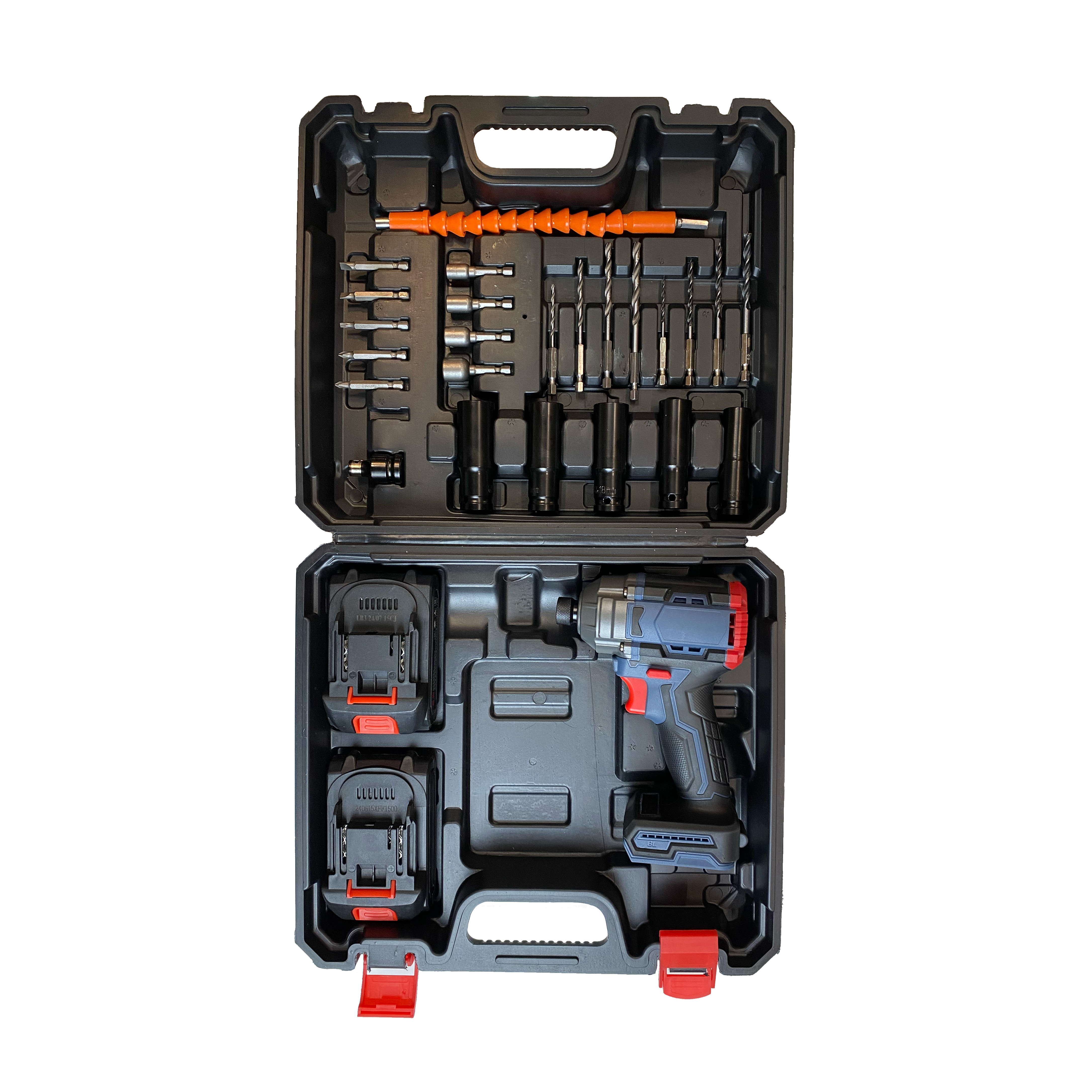
By focusing on these areas, beginners and professional procurement officers alike can secure reliable, high-quality tools that meet their project and business needs.
Key Takeaways for Beginner DIYers:
- Start with essential power tools: a cordless drill, jigsaw, and random orbital sander.
- Prioritize safety: Always wear appropriate safety gear and follow manufacturer instructions.
- Begin with simple projects: Build your skills and confidence with easy DIY projects like shelves or planter boxes.
- Choose tools based on your needs: Consider corded vs. cordless, battery platforms, and ergonomics.
- Continue learning: Explore online resources, books, and workshops to expand your knowledge.
- Source tools strategically: For bulk purchases, consider factors like direct manufacturing, certifications, logistics, product range, and B2B experience.
This structured approach ensures that both novice DIY enthusiasts and professional procurement officers can effectively navigate the world of power tools, making informed decisions that enhance their projects and business outcomes.
Post time: 3 月-03-2025

